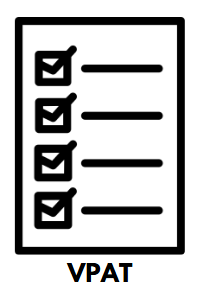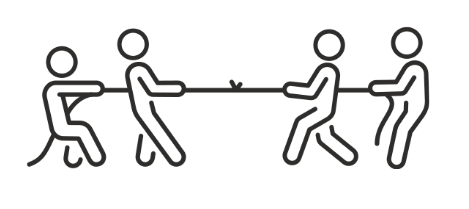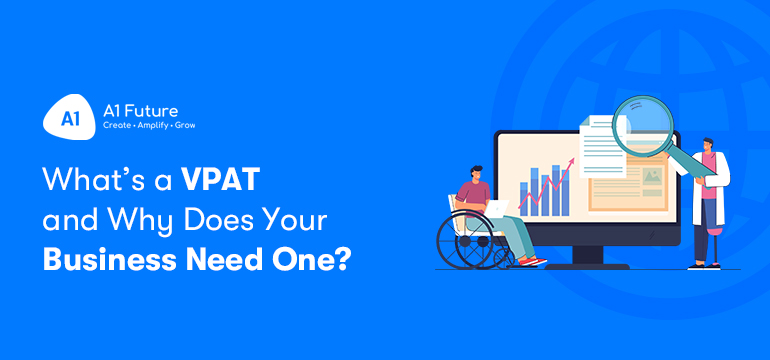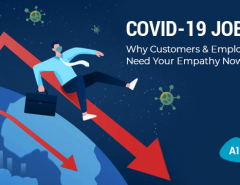To be very honest—VPAT sounds like something you’d hear in a corporate meeting. Something you’d need PPTs and Pie charts to understand. But here’s the thing: the concept of VPAT is kind of simple. If you’re running a business that involves Digital Tools, Websites, or Software, a VPAT isn’t just important—it’s kind of a golden ticket.
Think of it like a report card that tells the world how Accessible your digital products or services are. Still with me? Let’s break it down.
VPAT 101: What Is It, Anyway?
VPAT stands for Voluntary Product Accessibility Template. Fancy name, but its purpose is simple. It’s a document that evaluates how Accessible your Digital Products are and what you’re working on improving. What would digital products include, you ask? Think websites, software, apps—anything people interact with digitally.

Imagine trying to sell a car without mentioning whether it has functioning brakes or not. Scary? That’s what selling a digital product without a Voluntary Product Accessibility Template (VPAT) feels like—except instead of brakes, we’re talking about Accessibility Features.
No VPAT? No deal.
Why Should You Care?
Because your business needs one—yesterday. A VPAT isn’t just some bureaucratic hoop to jump through; it’s a practical tool that brings big benefits.
1. New Opportunities
Here’s the gist: If you’re a business trying to target sales to government agencies, federal institutions, or big corporations, a VPAT is non-negotiable. Want to Sign a Contract? Wait till these organizations assess the Digital Accessibility of your products.
2. No Legal Headaches
Yes Accessibility is about ethics, but it’s also— the law. Fail to comply with standards like WCAG, Section 508, or the ADA, and you’d trip over unwanted lawsuits, fines, or worse—a PR disaster.
3. Builds Trust
A VPAT says, “Hey, we care about everyone”. If you’re putting in the work to be inclusive, you’ll earn customer loyalty faster than you can say “ADA-compliant.”
How Does a VPAT Work?
It’s a Self-Assessment tool, but don’t let the “self” part give you any ideas. Filling out a VPAT is heavy duty. You have to evaluate your digital products against accessibility standards like WCAG 2.1, Section 508, and EN 301 549.

You’ll need to answer questions like:
- Can a screen reader navigate your website?
- Are there captions for videos?
- Can users navigate without a mouse?
The end result- Transparency.
Who Needs a VPAT?
Any business with a Digital Presence.
Basically, if you have a digital product and care about your reputation, you need a VPAT.
How to Get Started
Creating a VPAT isn’t rocket science, but it’s not a walk in the park either. Here’s how to tackle it:
1. Conduct an Accessibility Audit
Start by assessing your Digital Product’s Accessibility.
2. Get Professional Help
Unless you’re an Accessibility expert, hire one (we’re here to help). They’ll ensure your VPAT is accurate and credible. Because this process requires specific knowledge, it’s best completed by independent entities with Digital Accessibility expertise.
3. Be Honest
A VPAT has one unbreakable rule: Don’t sugarcoat it. If something isn’t Accessible, admit it—and outline your plan to fix it. Transparency builds trust.
Challenges That Might Come with VPATs
VPATs (Voluntary Product Accessibility Templates) often come with their fair share of challenges for both vendors and purchasers. Vendors, understandably so, may hesitate to detail their product’s shortcomings. Whereas, purchasers often prefer a quick evaluation, avoiding the effort of conducting a thorough Accessibility Assessment.

This dynamic creates a tricky situation. A vendor committed to transparency might highlight every minor flaw in their product, while another might skim over significant issues to make their offering appear more polished. If taken at face value, the less honest vendor might win the deal, even if their product is less accessible.
The Solution?
Mutual commitment from both sides: vendors must prioritize transparency in their assessments, and purchasers must conduct thorough evaluations to ensure they’re investing in genuinely Accessible products. Only then can we ensure that good-faith efforts are rewarded and Accessibility triumphs as a priority.
Why Procrastinate When You Can VPAT?
Still thinking, “Do I really need this?” Accessibility isn’t just a trend—it’s the future. And a VPAT is your way of saying, “I’m ready for it.”
So, don’t wait for a lawsuit or a lost contract to kick you into gear. Get your VPAT, make your products inclusive, and show the world you mean business.
Ready to take the plunge? Let’s make it happen. 🚀




